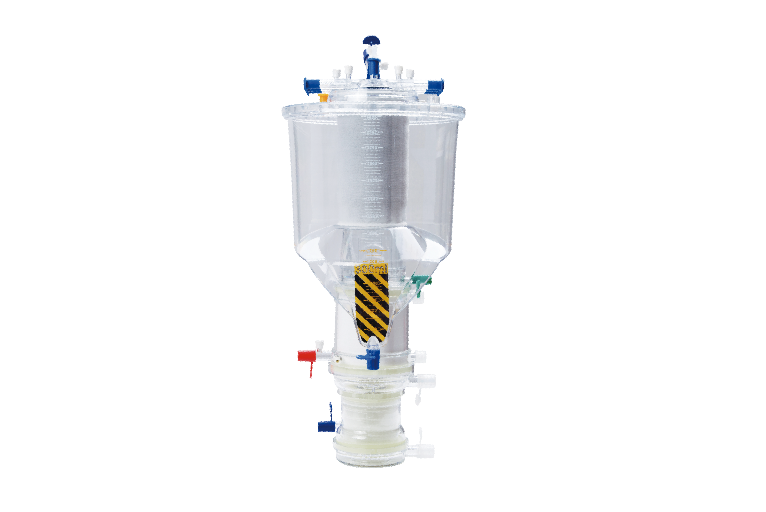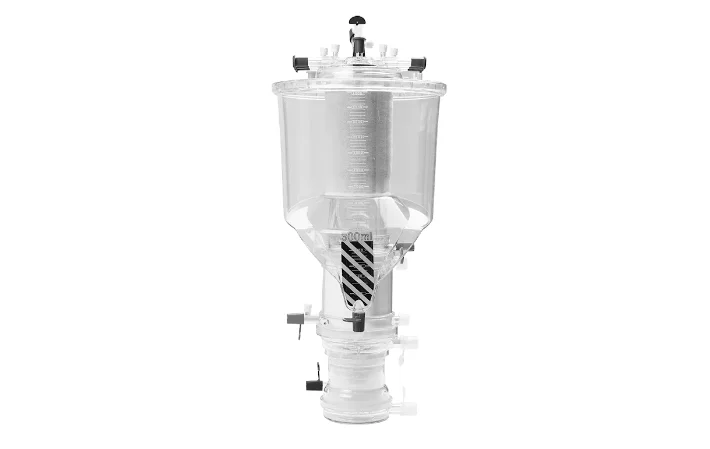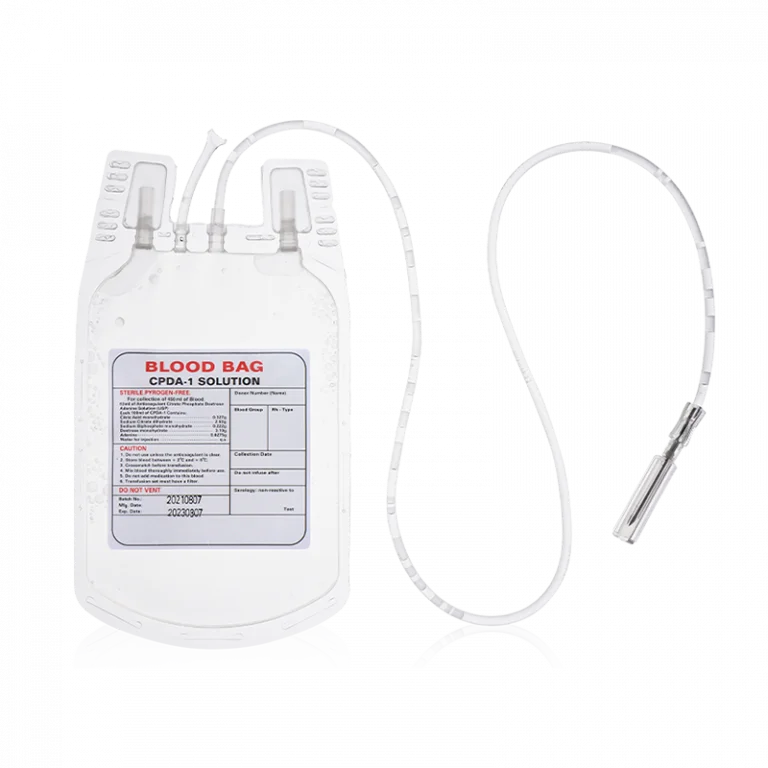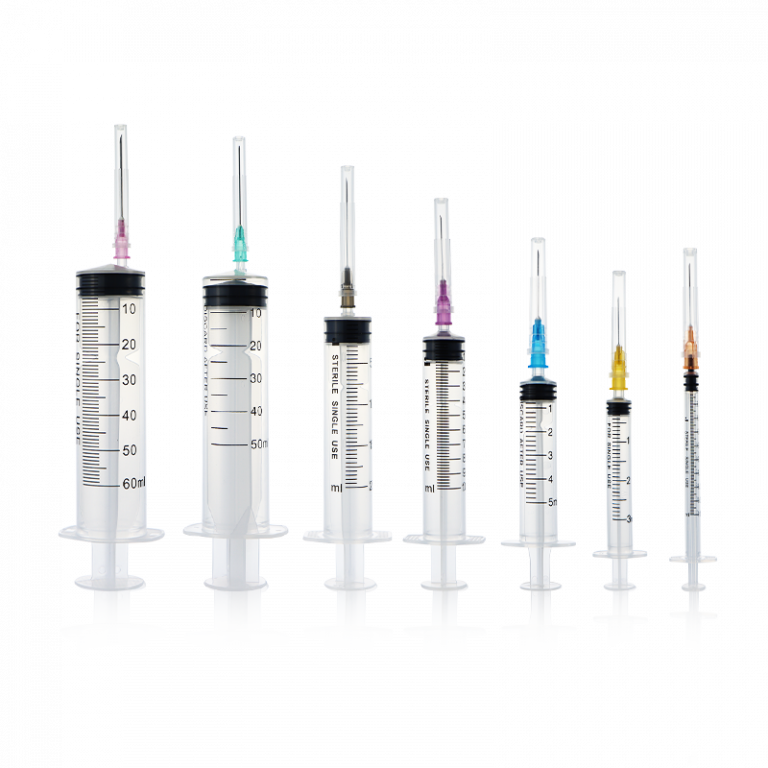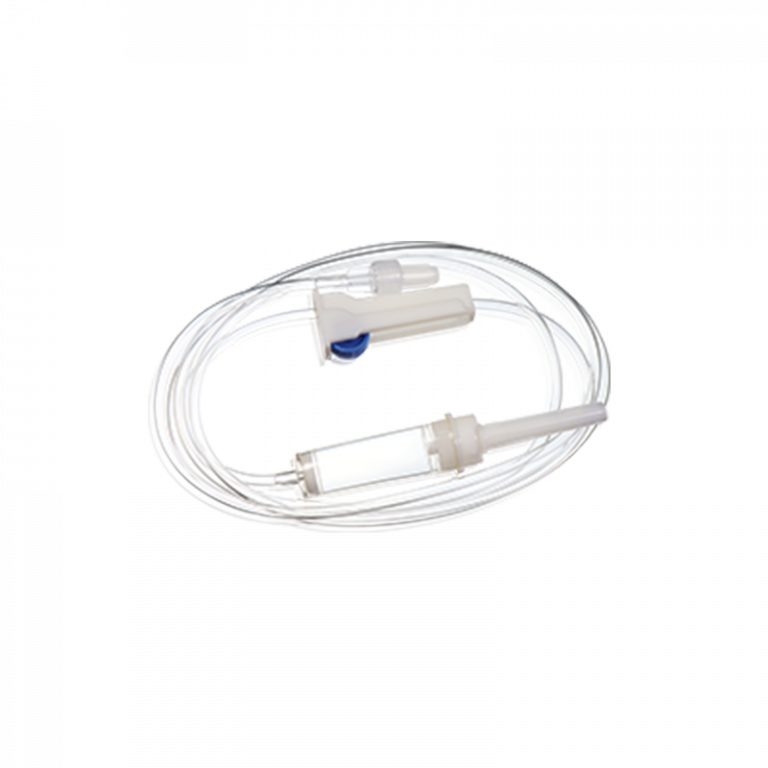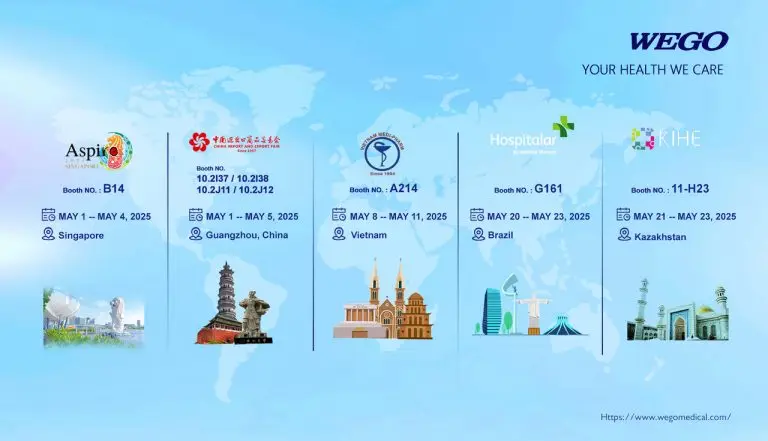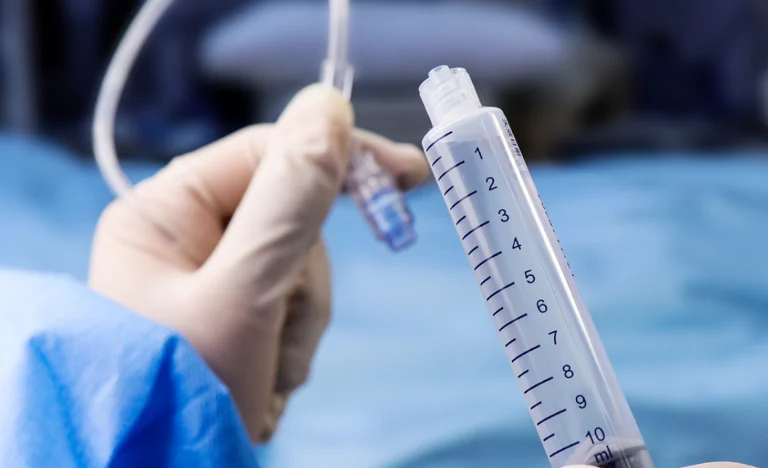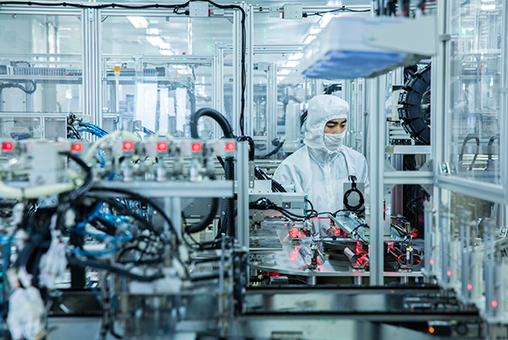Extracorporeal circulation is a life support technology that uses tubes to connect various devices, such as oxygenators, to drain venous blood outside the body. After gas exchange, temperature regulation, and filtration by the devices, the blood is returned to the arterial system in the body. In cardiovascular surgery, extracorporeal circulation can temporarily act as the heart and lungs, allowing doctors enough time to perform complex surgical procedures.
During this process, the oxygenation system is a key component and is known as the “artificial lung.” It has the functions of gas exchange and blood purification and is an indispensable part of extracorporeal circulation surgery. In this blog, we will introduce more about extracorporeal circulation and oxygenators. Read on to learn more!
What to Know About Extracorporeal Circulation?
Extracorporeal blood circulation is a significant advancement in cardiovascular surgery. Here are its components and functions:
1. What are the Components of Extracorporeal Circuit?
The extracorporeal circuit consists of several key components, including:
- Membrane oxygenator: Used in conjunction with artificial heart-lung machines, it functions to oxygenate blood, eliminate carbon dioxide, and regulate blood temperature.
- Extracorporeal circulation tubing:Connect surgical instruments such as oxygenators and filters on and off the operating table
- Hemoconcentrator: Suitable for removing excess fluid and small molecule solutes from the blood during open-heart surgery.
- Arterial fluid filter:Remove tiny solids and gas clots from the blood.
- Cardioplegia delivery: Specially designed for open-heart surgery, mainly used to provide effective myocardial protection during the surgical process.
- Venous cannula:Used to drain venous blood into the oxygenation system.
- Arterial cannula: Inject oxygenated arterial blood into the patient’s arterial system.
- Left ventricular suction head:Decompressing the heart chambers or drawing blood from the heart.
- Right ventricular suction head: Used to draw blood to the oxygenation system, recover patient blood, and ensure a clear operation field.
- Infusion tube:Suitable for infusing blood and myocardial protective fluid during open-heart surgery to provide myocardial protection.
All these components are interconnected. They work seamlessly to temporarily take over the circulatory and respiratory functions of the body, ensuring precise and controlled blood management.
2. What’s the Role of Extracorporeal Circulation?
Firstly, in cardiovascular surgery, extracorporeal blood circulation can temporarily replace the heart to maintain blood circulation and oxygen supply throughout the body. It ensures the normal function of important organs and maintains the vital signs of patients.
Secondly, extracorporeal circulation provides a clear surgical field of view and creates favorable surgical conditions for surgeons. They are able to perform heart surgery more accurately, thereby improving the success rate of the surgery.
Finally, the extracorporeal circulation system can also regulate the temperature and filter the blood, reducing the damage to the blood components and helping to protect important organs such as the heart, brain, and kidneys from ischemia and hypoxia damage.
What to Know About Oxygenation System?
As mentioned above, oxygenation systems are the core components of extracorporeal circulation.
1. Working Principle of Oxygenation System
The working principle of an oxygenator is to use hollow fibers with micropores as a medium for gas and blood exchange. Hollow fibers carry blood outside and gas inside. They exchange O2 and CO2 through diffusion on both sides of the hollow fiber membrane wall. It avoids direct contact between blood and gas, reducing the denaturation of serum proteins.
In addition, the oxygenation system also has a built-in thermostat. It uses PET capillary tubes. By using an external variable temperature water tank to regulate the water temperature inside the thermostat, external blood temperature control can be achieved.
2. Function of Oxygenation System
Oxygenators can exchange blood and gas, integrating functions such as oxygenation, temperature regulation, blood storage, filtration, and blood recovery. It involves transforming venous blood with low oxygen levels into oxygen-rich arterial blood. The circulation extracorporeal system simultaneously removes carbon dioxide.
The mechanism works like an external respiratory organ and circulatory system. It precisely filters and replenishes blood oxygen levels, providing critical life support during complex medical interventions.
3. Clinical Application of Oxygenation System
The clinical applications of oxygenation systems span multiple aspects. These include cardiovascular surgery, treatment for respiratory or cardiopulmonary failure, organ transplantation, poisoning treatment, etc. These systems provide life-sustaining interventions during complex medical procedures.
4. How to Choose Oxygenators?
Choosing the appropriate oxygenator requires careful consideration of multiple factors. These include the following:
- Safe and non-toxic material composition. It ensures no damage to blood components.
- High blood compatibility to prevent the destruction of blood components and coagulation risks.
- DEHP-free material minimizes potential toxic chemical exposures.
- Absence of harmful fluorescent agents. This reduces potential long-term health risks.
- Efficient gas exchange capabilities to match bypass oxygen transfer requirements.
Order High-quality Oxygenators
WEGO Medical is a seasoned provider of advanced medical devices and equipment. Our extracorporeal circulation product line covers a comprehensive range of solutions from oxygenators to supporting equipment, with oxygenators being the star product. It features:
- Advanced hollow fibers with micropore technology for optimal gas and blood exchange.
- The thermostat uses PET capillary tubes. It controls blood temperature through an external variable temperature water tank.
- Designed with high blood compatibility reduces the destruction of blood components.
- Each part is independently designed. Clear blood flow, airflow, and water flow direction facilitating troubleshooting.
- The unique patented design turbine dispersion achieves the minimum membrane area and maximizes oxygenation efficiency.
- It can be connected to negative pressure auxiliary drainage and has a positive and negative pressure regulating valve. It is currently the only product suitable for VAVD surgery in China.
- The compact and user-friendly design facilitates easier medical procedure integration.
Conclusion
In conclusion, extracorporeal circulation and oxygenation systems are remarkable medical innovations. These technologies provide life-saving interventions. They enable complex medical procedures with great patient safety and surgical precision.
Choosing reliable extracorporeal circulation equipment is crucial. WEGO Medical offers many top products in this category. Contact us now to explore our extensive product range.
